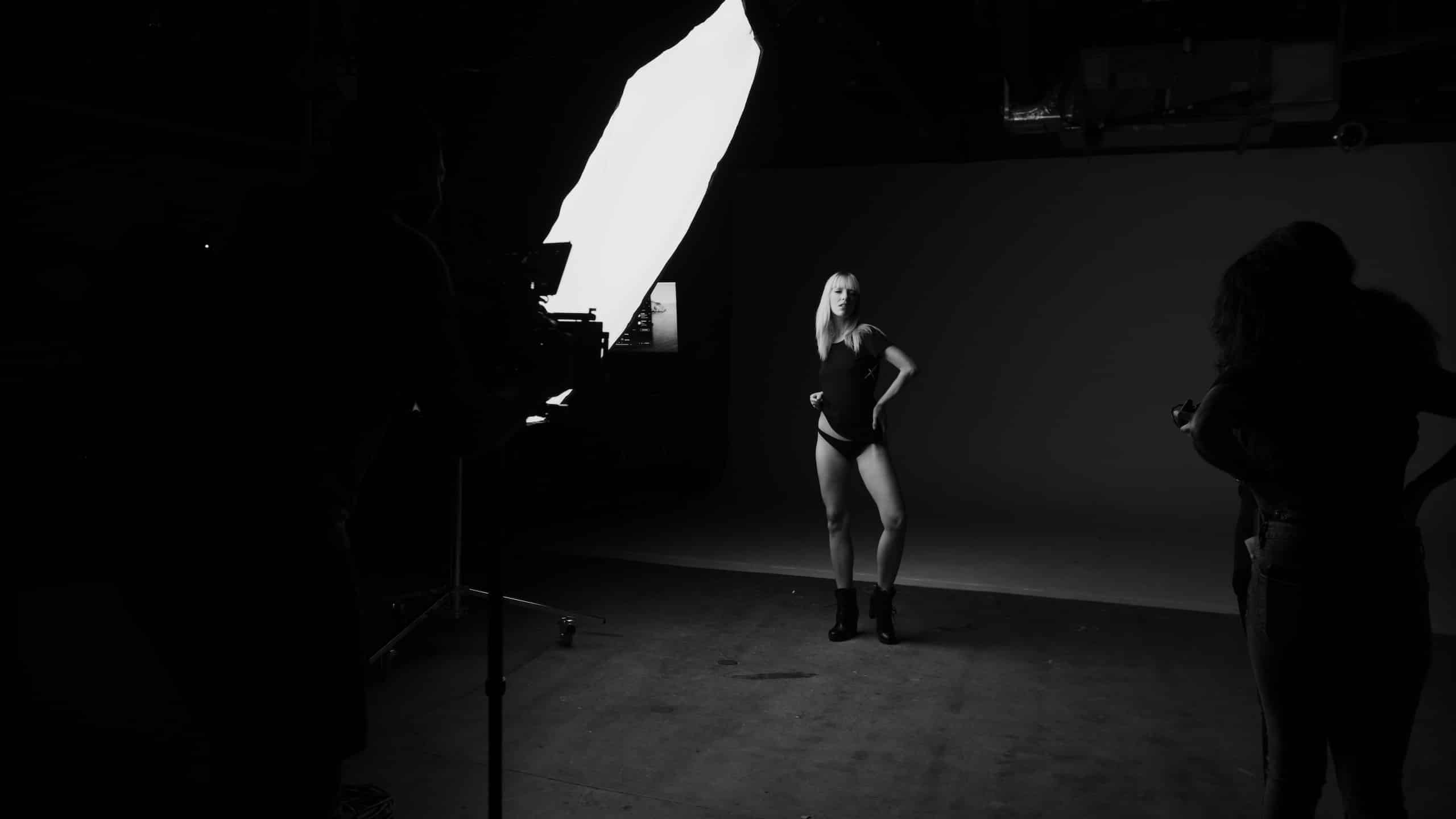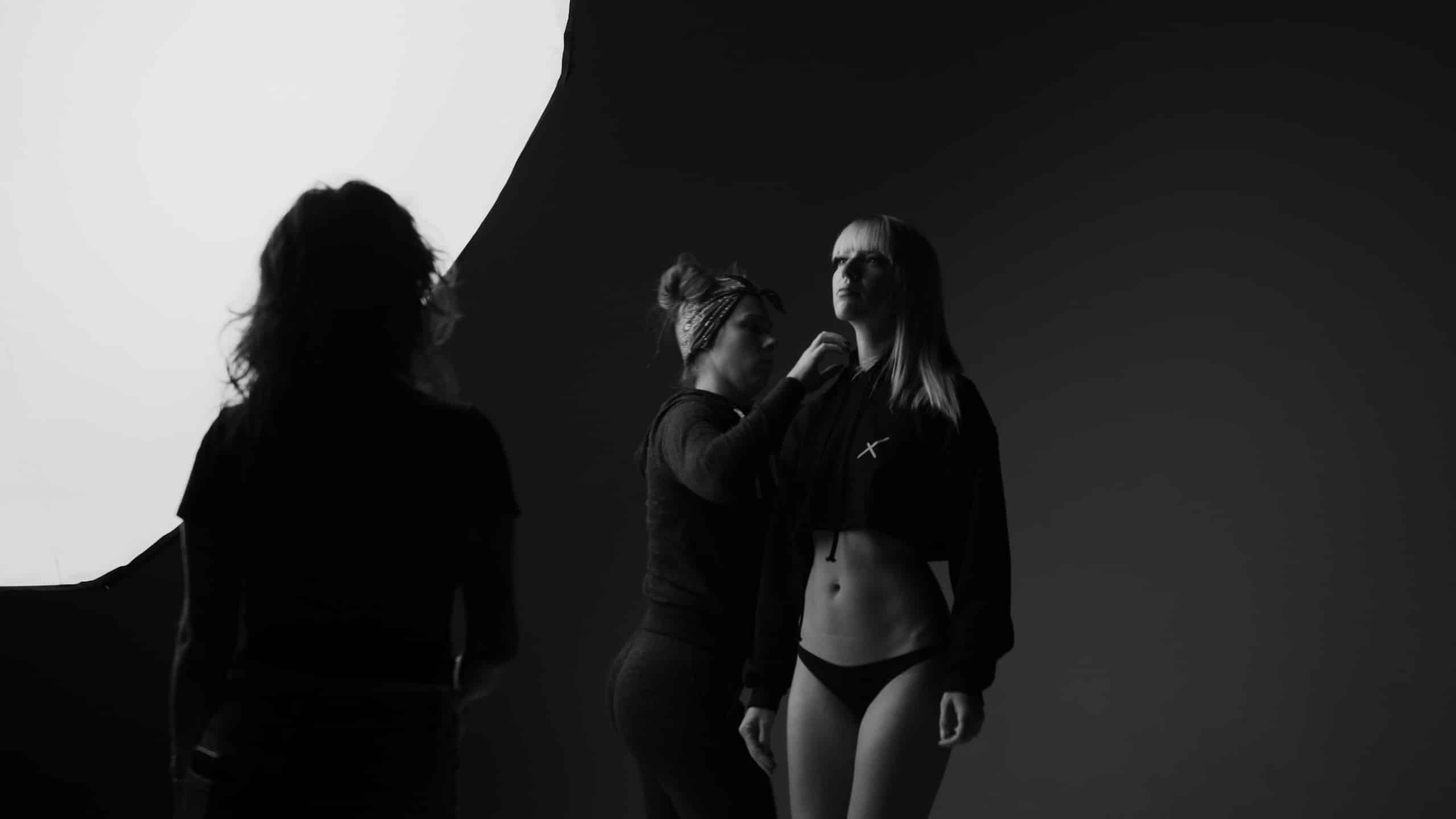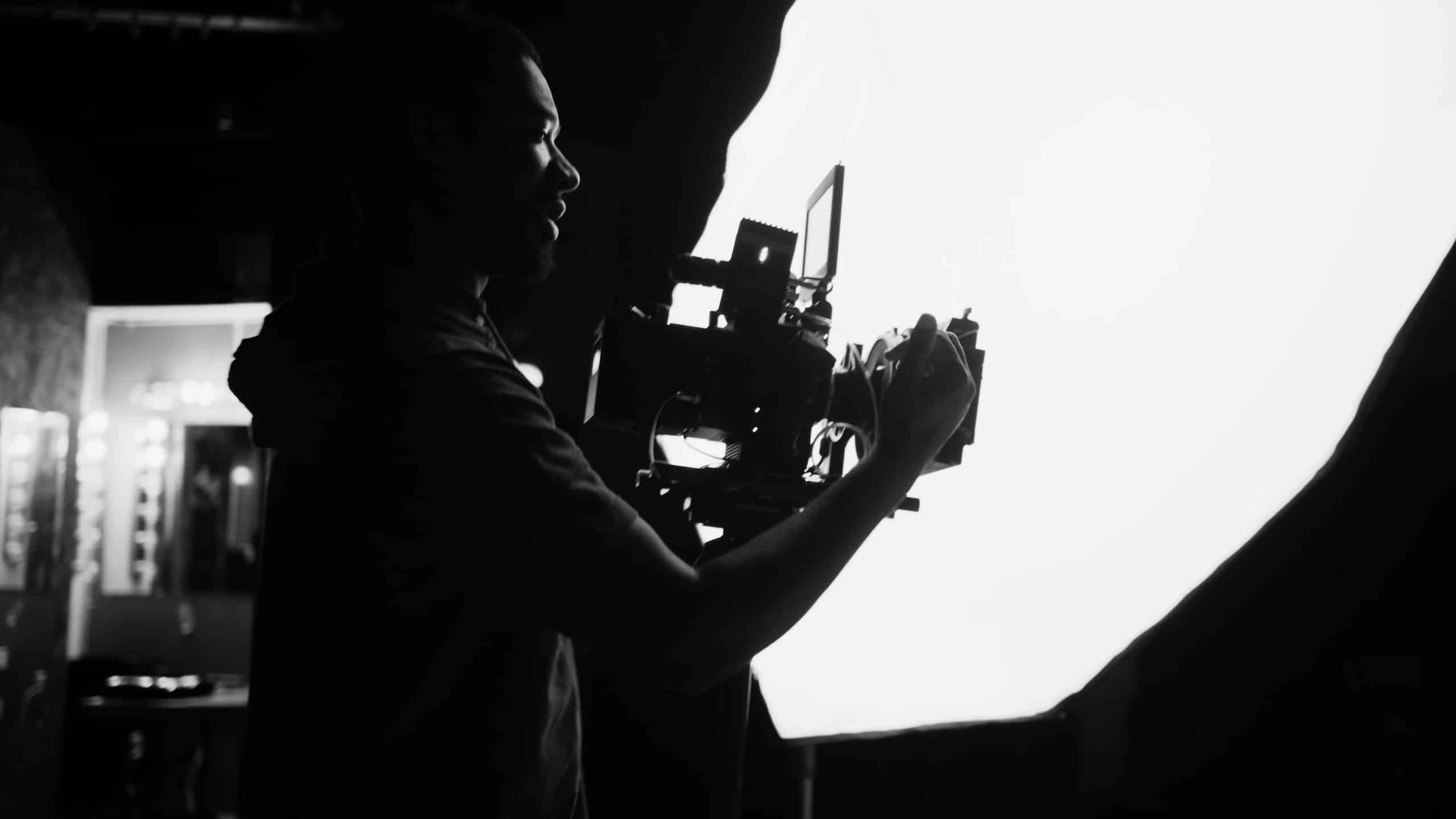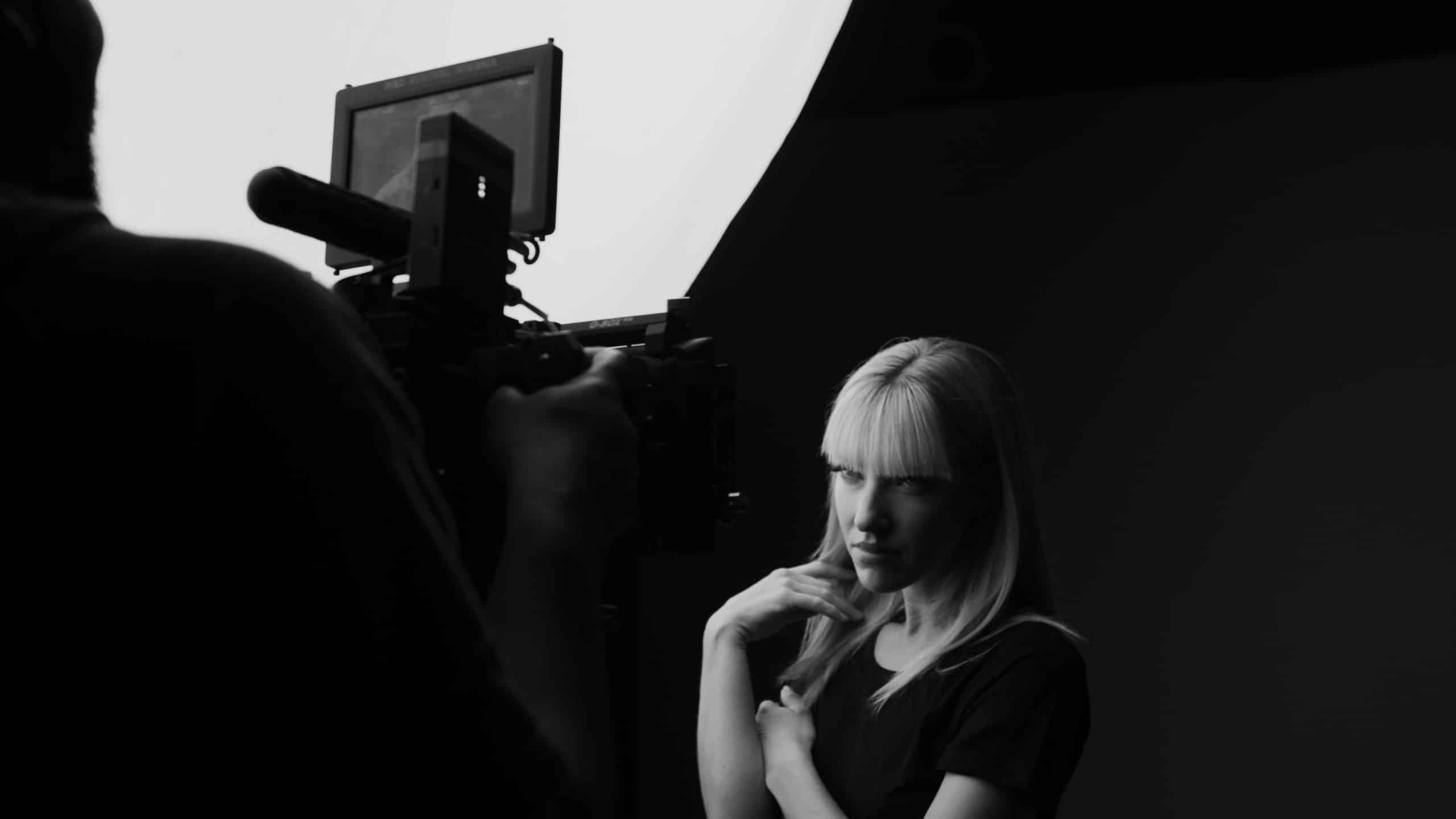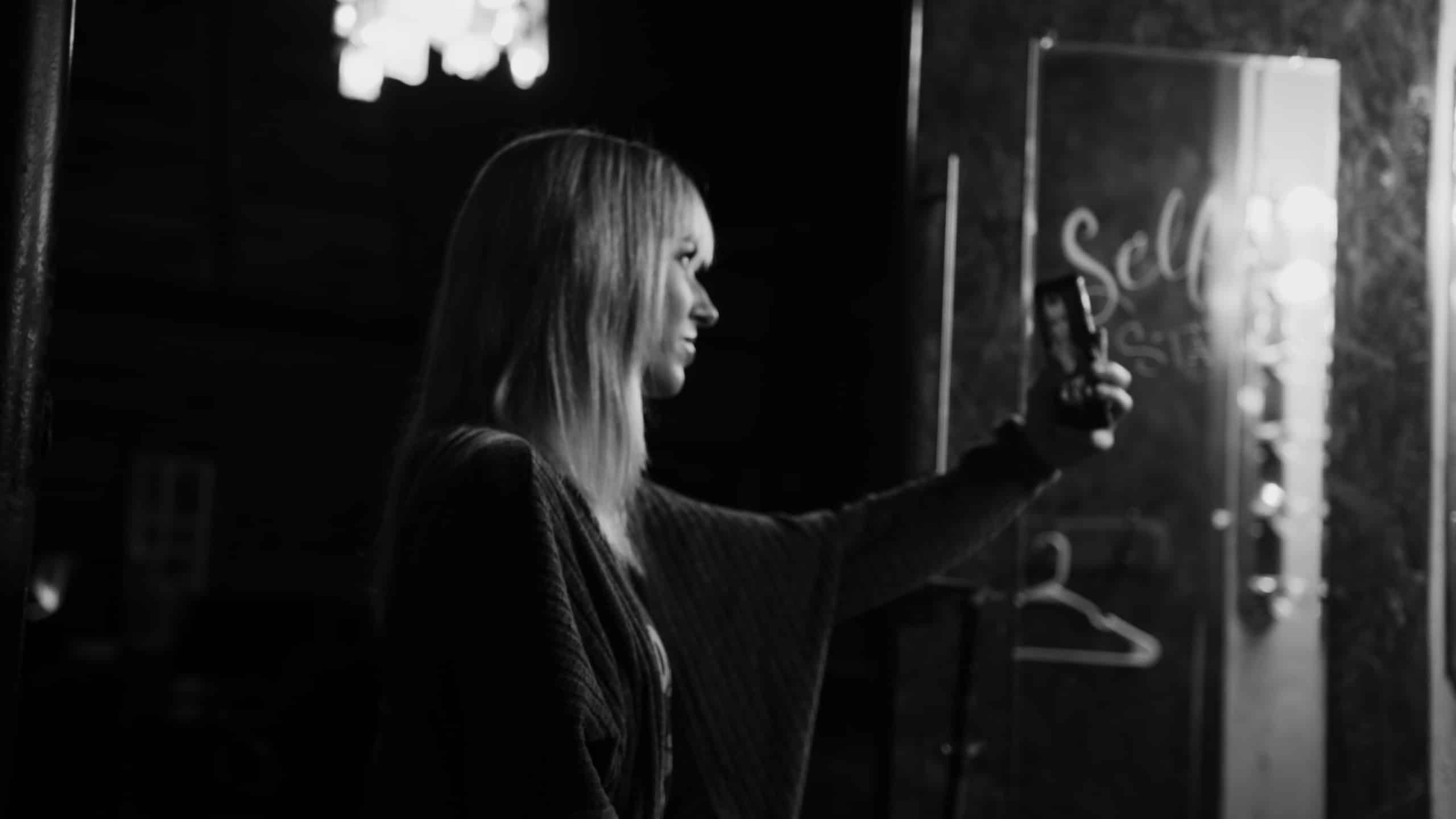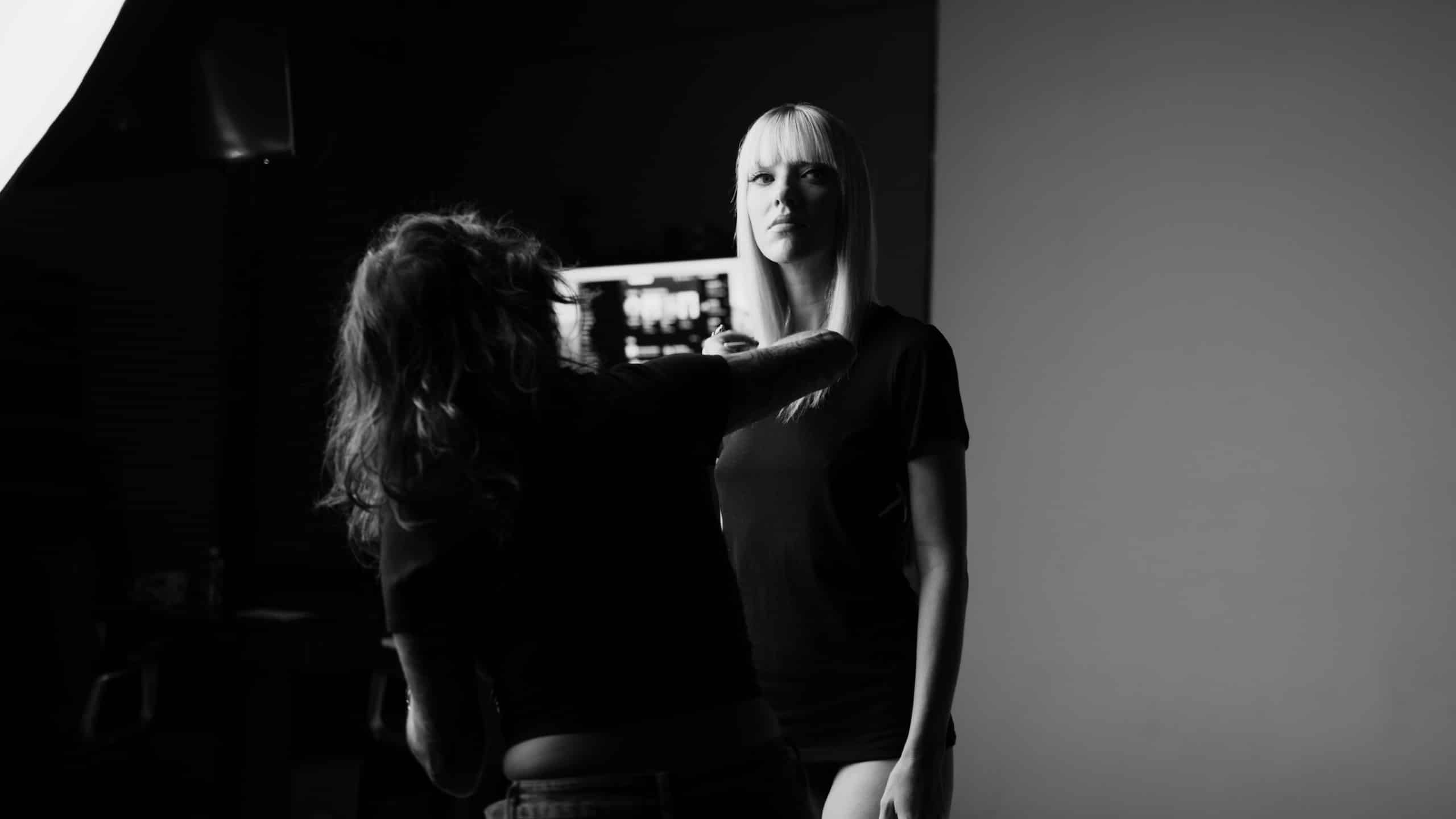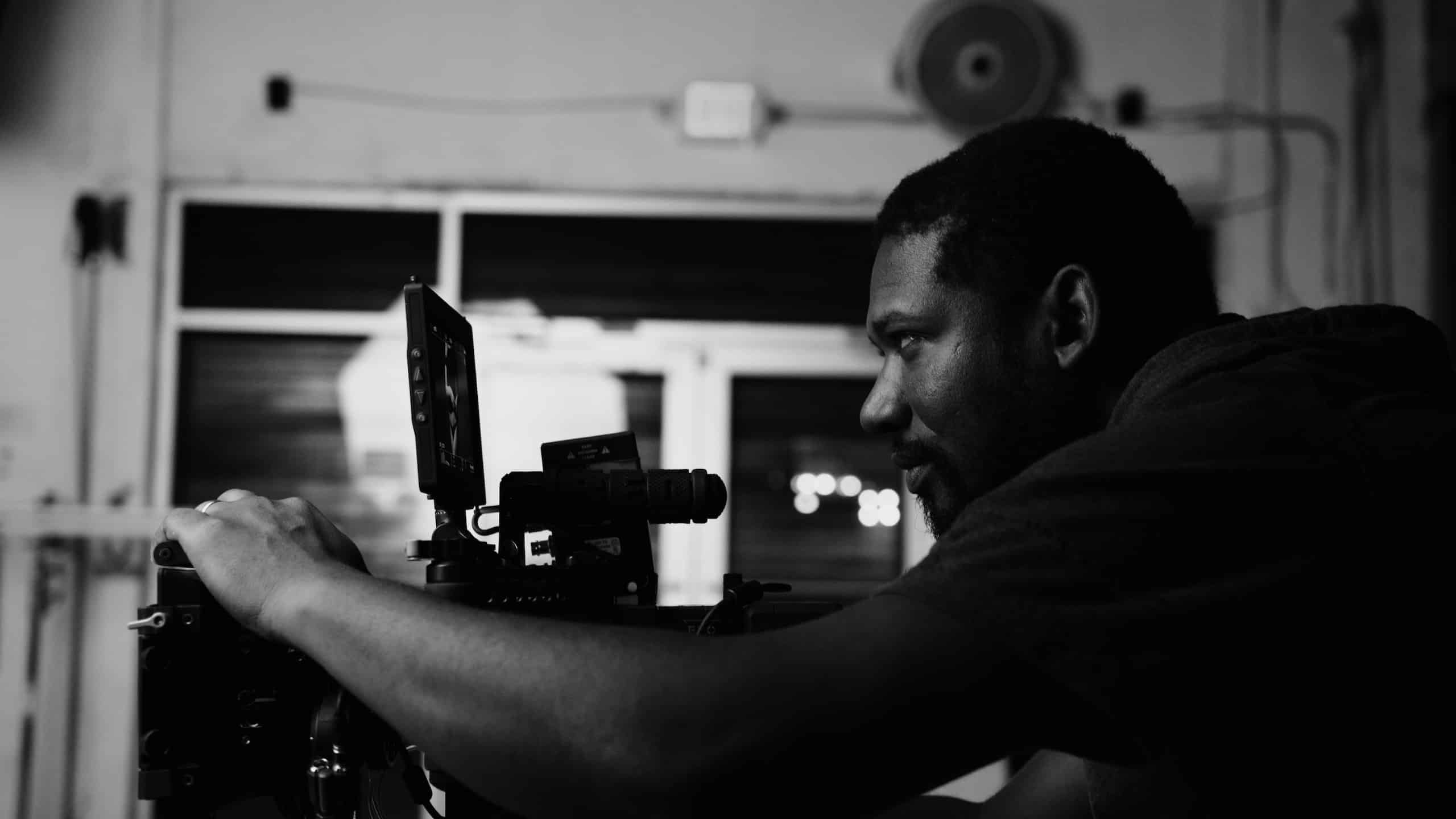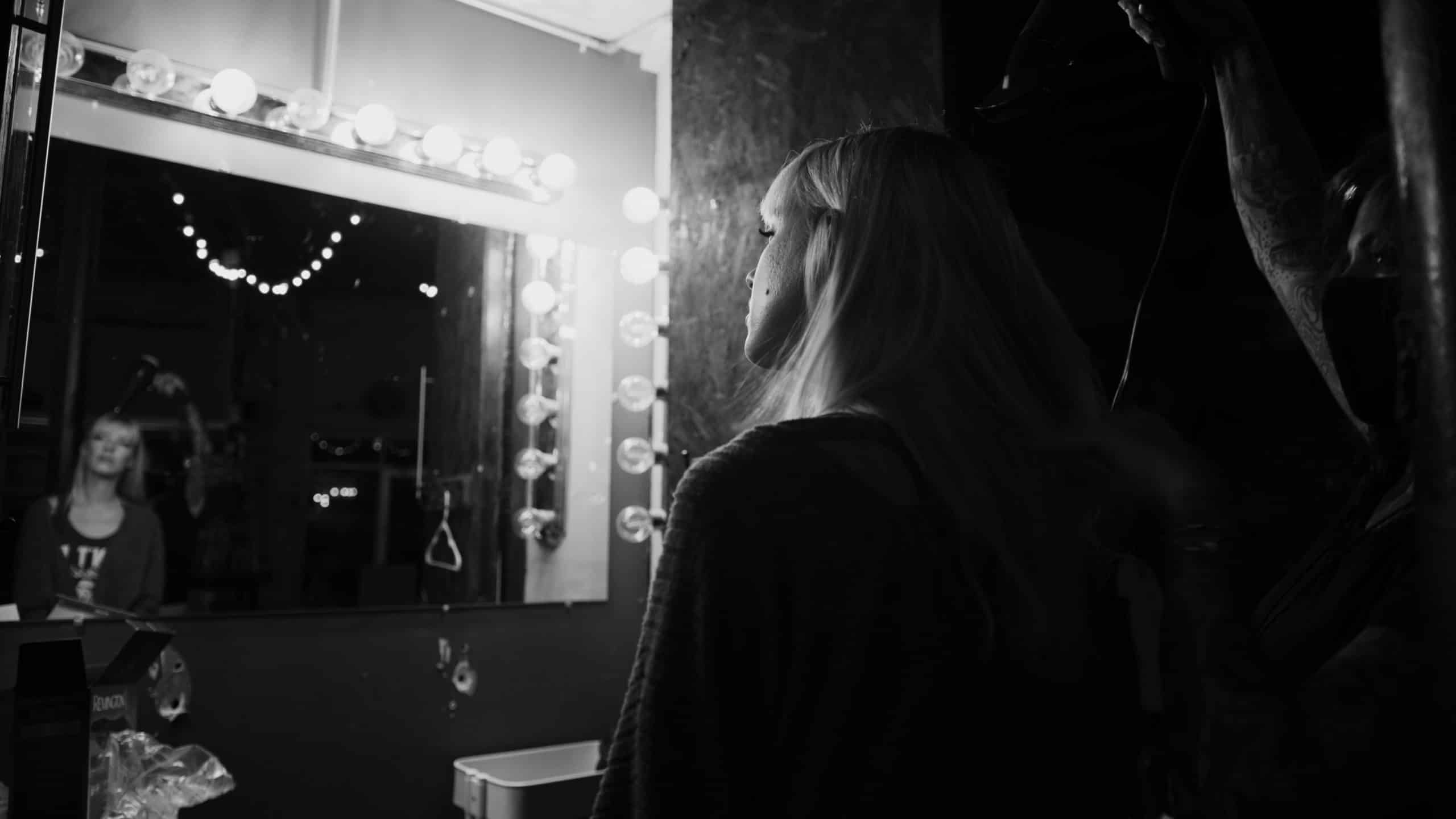Reality TV shows are generally cheaper to produce than scripted shows. According to an article on Investopedia, a reality show can cost approximately $100,000 to more than $500,000 per episode to produce, which is far less than many scripted shows. Additionally, the changing economics of reality television, as reported by Inc.com, state that for a huge studio show like Dancing With the Stars or American Idol, it could cost upwards of a million dollars an episode.
The budget for a season of reality shows can range from $5 million to $25 million. Therefore, while the cost of producing reality TV shows can vary, they are generally considered to be more cost-effective compared to scripted programs.
How production costs for reality TV shows compare to those of scripted TV shows
Reality TV shows are generally less expensive to produce than scripted TV shows. According to a 2013 WGA Report on Nonfiction Television, unscripted shows have a range of budgets, with the cheapest below $100,000 per episode and the more expensive ones at around $500,000 per episode. In contrast, scripted shows are averaging an episode rate of around $9 million.
The lower costs of reality TV are attributed to factors such as smaller crews, fewer writers, and lower talent costs compared to scripted programs. Additionally, reality TV is often nonunion, which further contributes to cost savings compared to scripted TV.
While reality TV is generally less expensive to produce, there is a wide range of budgets within the reality TV category, with some shows being incredibly expensive, such as those involving celebrity talent.
Factors that affect the cost of producing reality TV shows
Some of the factors that affect the cost of producing reality TV shows include:
- Scale of Production: The size and scope of the production can significantly impact the budget. Larger-scale shows with extensive filming and production requirements will generally have higher costs.
- Number of Episodes: The number of episodes in a season can affect the overall budget. A show with a higher episode count will typically have higher production costs.
- Network and Content: The nature of the network and the specific content of the show can influence the budget. Different networks and types of content may have varying cost expectations.
- Production Staff: The expenses associated with hiring production staff, such as directors, producers, and camera operators, are a significant part of the budget.
- Equipment: The costs related to renting or purchasing filming equipment, lighting, and sound gear contribute to the overall production expenses.
- Location Expenses: Filming in various locations, including permits, travel, and accommodation, can be a substantial cost factor, especially for shows that require extensive travel or use of multiple filming sites.
- Cast Members: While reality TV shows typically do not feature traditional actors, the costs of managing the cast, including any celebrity participants, can be a notable expense.
- Post-Production: Editing, sound design, and other post-production activities often require a dedicated team and specialized equipment, adding to the overall production costs.
These factors, among others, play a significant role in determining the overall cost of producing a reality TV show.
Examples of low-budget reality TV shows
Some examples of low-budget reality TV shows include:
- “Intervention”
- “Hoarders”
- “Celebrity Rehab”
- National Geographic and Animal Planet series
These shows are cited as examples of low-budget reality TV programs with staying power. Additionally, the cost of producing reality TV shows can range from $100,000 to more than $500,000 per episode, making them relatively inexpensive compared to many scripted shows.
Challenges of producing low-budget reality TV shows
Some challenges of producing low-budget reality TV shows include:
- Limited Production Quality: Low budgets can restrict the ability to achieve high production values, impacting the overall quality of the show.
- Talent Costs: While reality TV is generally less expensive to produce than scripted shows, the costs of paying reality stars have increased, especially for shows involving celebrity talent.
- Funding and Budgeting: Obtaining the right funding and setting up a suitable budget can be a challenge for low-budget reality shows. Exploring various options such as sponsorships and grants is essential to make the production feasible.
- Competition and Differentiation: With the abundance of reality TV shows, it can be challenging to create a unique concept that stands out and attracts viewers.
- Creative and Engaging Content: Developing engaging challenges and content on a limited budget can be demanding, as it requires creativity and resourcefulness to maintain viewer interest.
These challenges highlight the complexities involved in producing low-budget reality TV shows, despite their cost advantages compared to scripted programs.
How do low-budget reality TV shows compare to high-budget ones in terms of production quality
Low-budget reality TV shows generally have lower production quality compared to high-budget ones. While reality TV can cost anywhere from $100,000 to over $500,000 per episode, it is still considerably less expensive than many scripted shows, which can have episode budgets averaging around $9 million.
The limited budget of low-cost reality TV shows can result in restrictions on achieving high production values, impacting overall quality. This can include factors such as smaller crews, fewer writers, and lower talent costs, which are common in reality TV production.
Despite the cost advantages of reality TV, the lower budget can lead to challenges in maintaining high production quality compared to high-budget productions.
Examples of high-budget reality TV shows
Some examples of high-budget reality TV shows include:
- “The Voice”: This show uses celebrity talent, which can be a costly component of reality television.
- “American Idol”: Top-rated competition shows like American Idol can cost as much as $2 million per episode.
- “The Netflix Squid Game reality show”: While not a traditional TV show, it is an example of a high-budget reality show, with a prize of $4.56 million.
These examples illustrate that certain reality TV shows, especially those involving celebrity talent or high-stakes competitions, can have significantly higher budgets compared to the average reality TV production.
The most expensive aspects of producing reality TV shows
Some of the most expensive aspects of producing reality TV shows include talent fees, which can be a common large expense. Human brands, such as popular reality stars, are often the most expensive parts of developing a reality show.
Additionally, while reality TV is generally less expensive to produce than scripted TV, the costs of paying some reality stars have increased exponentially. Other significant expenses can include production crew salaries, filming permits, equipment, and post-production costs. Despite these expenses, reality TV shows remain a relatively low-cost programming option compared to scripted shows, as they require fewer writers and no elaborate sets, making them a more manageable and less risky investment for networks.
How reality TV shows can save money on production costs
Some ways that reality TV shows can save money on production costs include:
- Reduced Talent Costs: Reality shows don’t use expensive actors and writers, leading to lower talent costs compared to scripted dramas.
- Fewer Writers: Reality TV requires fewer writers, which helps lower the cost of production.
- No Sets: Reality TV often does not require elaborate sets, further reducing production expenses.
- Product Placements: Product placements are easier to integrate into reality TV and serve as an important source of revenue, helping to offset production costs.
- Lower Risk: Reality TV is much more manageable in terms of getting content produced and on the air, with much less risk compared to scripted TV, making it an attractive and cost-effective option for networks.
These strategies enable reality TV shows to maintain lower production costs compared to scripted programs, contributing to their popularity and profitability.
Challenges reality TV shows face when trying to reduce production costs
Some of the challenges that reality TV shows face when trying to reduce production costs include:
- Rising Talent Fees: While reality TV shows traditionally have lower talent costs than scripted shows, the fees for some reality stars have increased significantly, impacting overall production expenses.
- Oversaturation and Rising Costs: The oversaturation of media and the rising costs of production across the industry present challenges for reality TV shows in maintaining cost-effective production.
- Human Brands and Celebrity Talent: A significant expense for reality TV shows is the use of human brands in the form of celebrity talent, which can contribute to higher production costs.
- Competition and Quality Expectations: As the industry evolves, there is pressure to maintain high production quality and compete with other forms of entertainment, which can make it challenging to reduce costs without compromising the show’s appeal.
These challenges highlight the complexities involved in managing production costs for reality TV shows, despite their cost advantages compared to scripted programs.
How reality TV shows use technology to reduce production costs
Reality TV shows use technology to reduce production costs in several ways, such as:
- Digital Filming and Editing: The use of digital cameras and non-linear editing systems has significantly reduced the costs associated with film and tape, making the production process more efficient and cost-effective.
- Remote Monitoring and Communication: Technology allows for remote monitoring of multiple filming locations and facilitates communication between the production team, reducing the need for extensive on-site presence and associated costs.
- Data Management and Analytics: The use of data management and analytics tools can help in making informed decisions about content creation, audience engagement, and marketing strategies, thus optimizing the use of resources and reducing unnecessary expenses.
- Virtual Reality and Augmented Reality: These technologies can be used to create immersive experiences and virtual sets, reducing the need for physical sets and locations, thereby lowering production costs.
By leveraging these technological advancements, reality TV shows can effectively reduce production costs while maintaining high-quality content and audience engagement.
How reality TV shows use social media to reduce production costs
Reality TV shows use social media to reduce production costs in several ways:
- Audience Engagement: By leveraging social media platforms, reality TV shows can directly engage with their audience, gather feedback, and even incorporate user-generated content, reducing the need for expensive market research and content creation.
- Promotion and Marketing: Social media provides a cost-effective way to promote and market reality TV shows, reaching a wide audience without the need for expensive traditional advertising.
- Casting: Social media can be used as a casting tool, allowing shows to discover new talent and contestants without the need for costly traditional casting processes.
- Content Distribution: Social media platforms can be used to distribute additional content, such as behind-the-scenes footage and extra clips, providing added value to viewers without significant production costs.
By utilizing social media in these ways, reality TV shows can effectively reduce production costs while maintaining audience engagement and interest.
Successful social media campaigns by reality TV shows
Some successful social media campaigns by reality TV shows include:
- Stranger Things 2 “Facebook Camera”: The show used a Facebook Camera campaign to engage the audience, driving views and audience engagement.
- Game of Thrones “#RoastJoffrey”: This campaign engaged the audience and created a buzz around the show, showcasing the effectiveness of social media marketing for reality TV shows.
- The Walking Dead “Fear Stories”: The show released a campaign called “Fear Stories” to engage fans, leveraging the show’s large social media following to drive audience interaction.
These examples demonstrate how reality TV shows have effectively used social media campaigns to promote their shows and reduce production costs.
Working with C&I Studios to produce a low-budget reality TV show
Hiring C&I Studios to produce a low-budget reality TV show offers several benefits, including:
- Industry Expertise: Production companies have extensive experience and knowledge of the television industry, ensuring that the project meets professional standards.
- Creative Input: Production companies bring fresh perspectives and creative ideas to the table, helping to develop and refine the show’s concept.
- Efficient Planning: They handle all aspects of pre-production, including budgeting, scheduling, and casting, streamlining the production process.
- Access to Talent and Equipment: Production studios are equipped with state-of-the-art production equipment and cutting-edge technology, providing access to professional resources.
- Cost-Effective Solutions: By utilizing the advanced resources of a production studio, the show can maintain high production values while keeping costs manageable.
- Post-Production Expertise: Production studios offer post-production services, ensuring that the final product meets the desired quality standards.
- Distribution Opportunities: Working with a production company may open doors to distribution opportunities, enhancing the show’s potential reach and profitability.
By leveraging the skills and resources of C&I Studios, low-budget reality TV shows can achieve their full potential and stand out in the competitive television landscape.
Contact C&I Studios to get started today.
